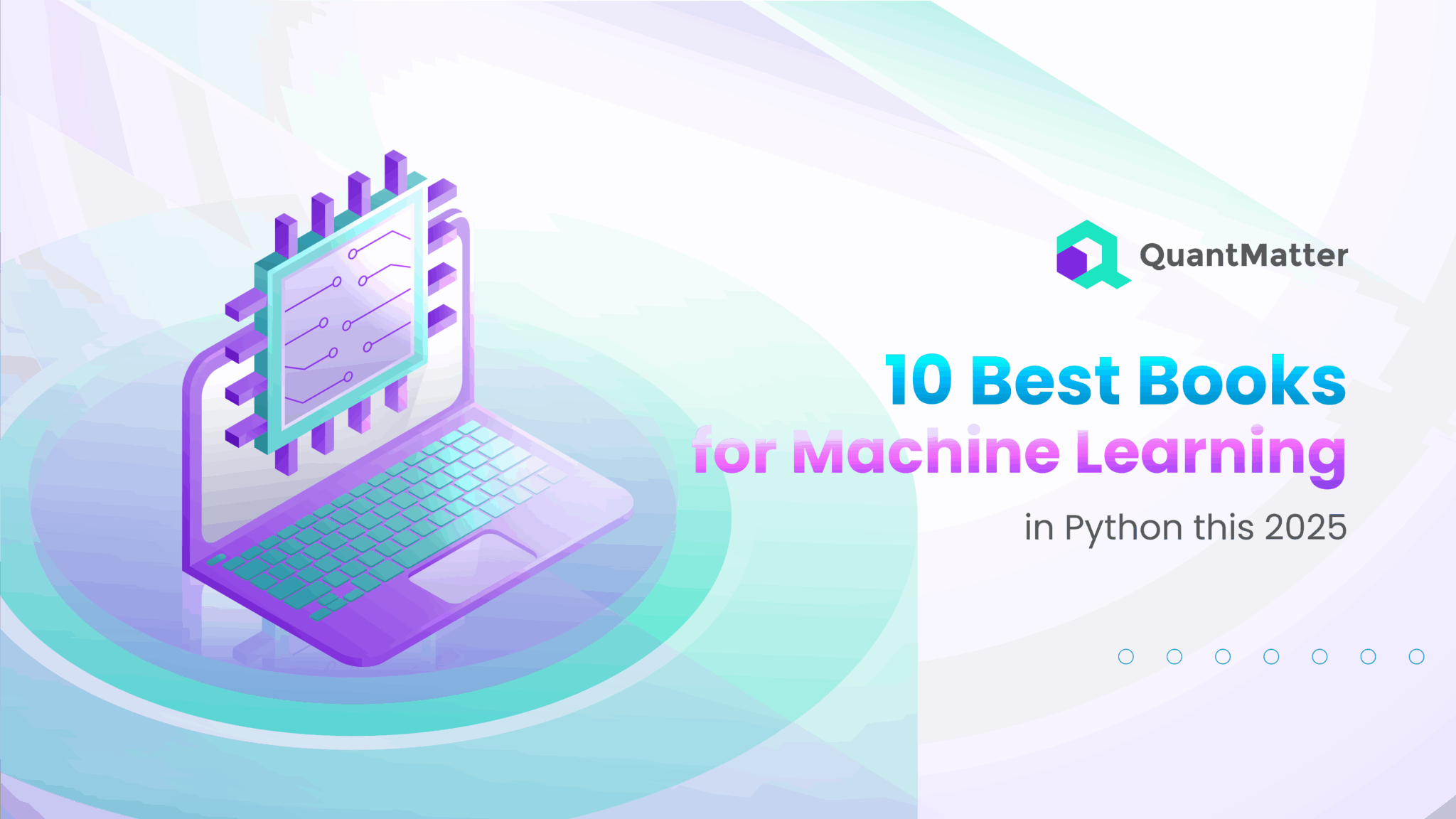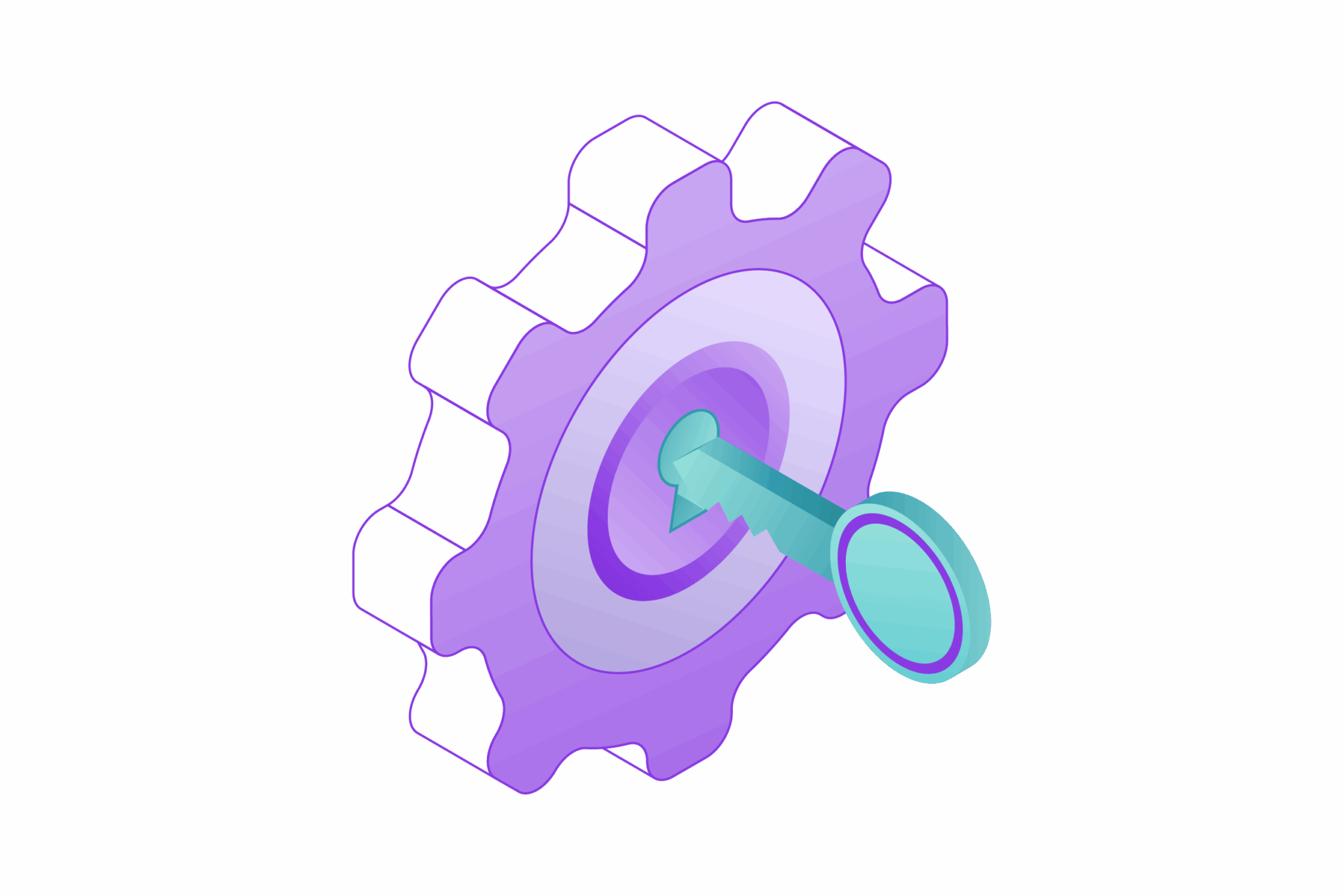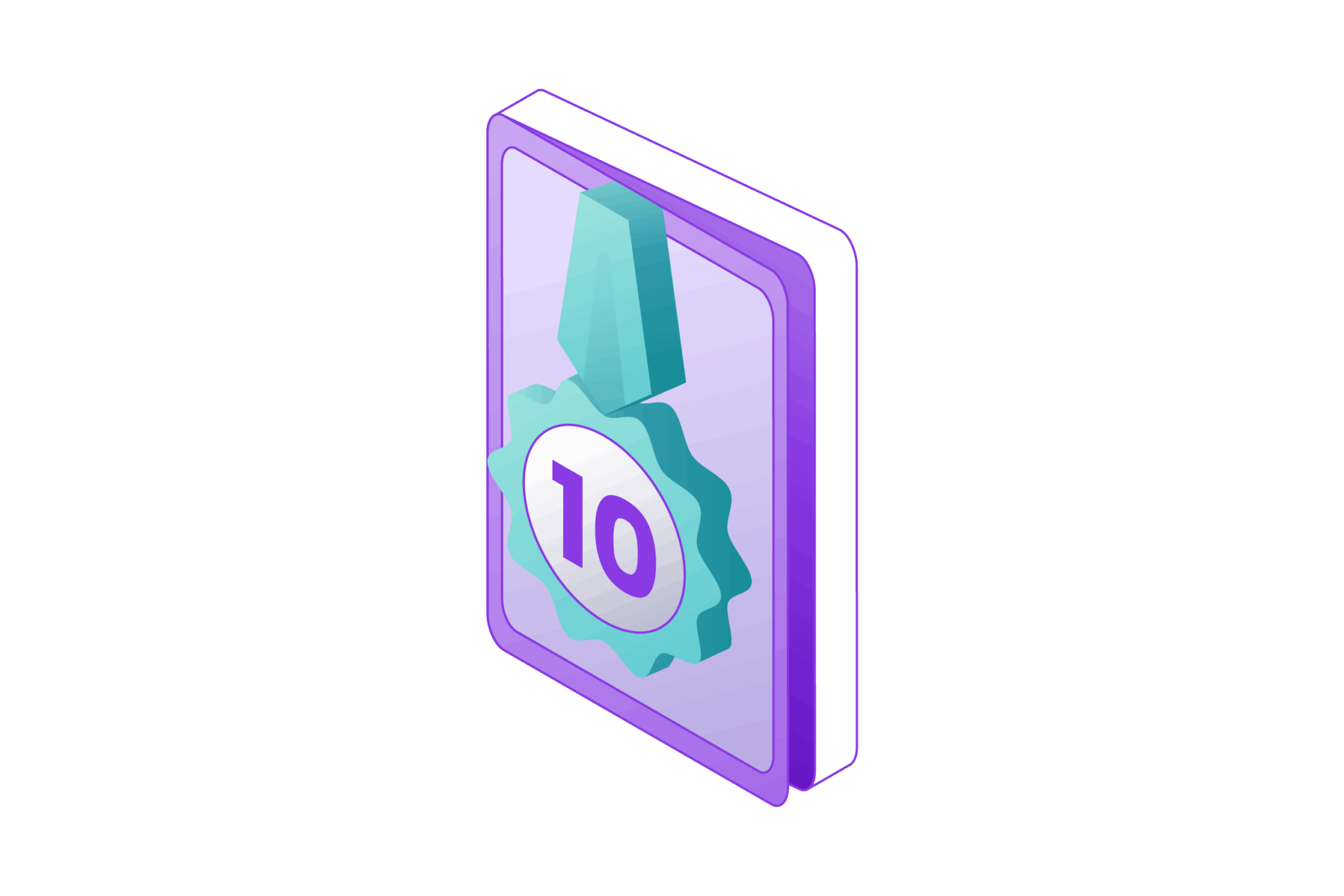
Machine learning continues to reshape industries and define how technology works behind the scenes. From smart recommendations to fraud detection, machine learning is now everywhere. Python has become the top language for machine learning because it’s easy to learn, flexible, and supported by powerful libraries like scikit-learn, TensorFlow, and PyTorch.
Whether you’re just starting or want to take your skills further, books remain one of the best ways to build a strong foundation. Online courses and videos are great, but books allow deeper understanding and structured learning. They guide you from concepts to real-world applications without skipping important details.
In this article, we’ll show you the 10 best books for machine learning in Python this 2025. We picked books for all skill levels—complete beginners, intermediate learners, and experienced developers. We also cover related topics like key skills to learn, tools to master, and how to stay current in the fast-moving field of machine learning.
Key Skills You Need to Learn Machine Learning in Python

Learning machine learning in Python is not just about reading books or copying code. To truly understand and apply it, you need to build a mix of technical and practical skills. These skills will help you work with data, create models, and solve real problems with confidence.
- Python Programming: You don’t need to be an expert, but you should know how to write functions, use libraries, and work with data structures like lists, dictionaries, and arrays.
- Math Basics: Some understanding of statistics, linear algebra, and calculus helps. You don’t need a math degree, but knowing how algorithms work will give you an edge.
- Data Handling: Learn how to use tools like Pandas and NumPy. These libraries make it easier to clean, explore, and transform data.
- Model Building: Knowing how to use scikit-learn, TensorFlow, or PyTorch is key. These tools help you build, train, and evaluate machine learning models.
- Debugging and Evaluation: You need to know how to measure accuracy, fix bugs, and avoid overfitting or underfitting. Model tuning is part of this.
Mastering these skills takes time, but each one brings you closer to building machine-learning projects that actually work. Focus on steady progress and hands-on practice—it pays off.
Also Read: Perceptron in Deep Learning: Simple Beginnings, Complex Impact
10 Best Books for Machine Learning in Python this 2025

Here are some of the most recommended books making waves in machine learning with Python in 2025:
- Hands-On Machine Learning – Best for real-world projects using Scikit-Learn, TensorFlow, and Keras
- Introduction to Machine Learning with Python – Great for Python beginners diving into ML for the first time
- Python Machine Learning – A balanced guide combining ML fundamentals with deep learning
- Deep Learning with Python – Ideal for those focused on neural networks using Keras and TensorFlow
- Machine Learning with PyTorch and Scikit-Learn – Full-stack learning with classic ML and deep learning
- Grokking Machine Learning – Easiest visual and intuitive introduction to ML concepts
- Advanced Machine Learning with Python – For pros tackling real-world ML applications and advanced methods
- Machine Learning for Hackers – Project-based, hands-on learning for data-savvy developers
- The Hundred-Page Machine Learning Book – Concise, efficient, and perfect for interview prep or review
- Dive into Deep Learning – Interactive Jupyter Notebook-based book covering the latest in deep learning
Looking to master machine learning with Python in 2025? Here’s a closer look at the 10 best books that will guide your journey — from intuitive introductions to expert-level deep dives. Whether you’re training your first model or exploring transformers, these books offer the structure, tools, and clarity to help you succeed.
1. Hands-On Machine Learning with Scikit-Learn, Keras, and TensorFlow
Author: Aurélien Géron
This book is widely considered the go-to resource for hands-on machine learning. It walks you through real-world examples using Scikit-Learn, TensorFlow, and Keras — three of the most essential Python libraries. The latest edition includes updates on modern techniques such as transformers and generative AI models. Géron makes complex concepts digestible, even for readers without a math-heavy background. If you want a blend of practical code and theoretical insight, this is one of the best places to start.
| Pros | Cons |
| Covers a wide range of ML and DL techniques | Steeper learning curve for complete beginners |
| Real-world practical examples | Can feel overwhelming due to the book’s size |
| Clear, structured explanations |
2. Introduction to Machine Learning with Python
Authors: Andreas C. Müller & Sarah Guido
This book is perfect for those just getting started with machine learning. It focuses on practical implementation using the scikit-learn library and introduces essential topics like supervised learning and model evaluation. The writing is beginner-friendly, with minimal math and lots of hands-on coding examples. It’s ideal if you already know some Python and want to see how machine learning works in real life. The book is approachable yet comprehensive enough to give you a strong foundation.
| Pros | Cons |
| Beginner-friendly | Doesn’t cover deep learning |
| Focused on practical Python skills | Some explanations too high-level for advanced readers |
| Uses consistent examples throughout |
3. Python Machine Learning
Authors: Sebastian Raschka & Vahid Mirjalili
This is a deep, comprehensive book suited for intermediate to advanced learners. It covers everything from core ML algorithms to deep learning frameworks like PyTorch and TensorFlow. The authors emphasize best practices, performance tuning, and practical model optimization. If you’re looking to level up beyond the basics, this book delivers both theoretical depth and hands-on examples. It’s one of the most trusted resources in the ML developer community.
| Pros | Cons |
| Comprehensive and up-to-date | Not ideal for absolute beginners |
| Includes deep learning coverage | Dense material may require multiple reads |
| Balances theory with practical examples |
4. Deep Learning with Python
Author: François Chollet
Written by the creator of Keras, this book is one of the best introductions to deep learning. It uses intuitive explanations and real-world case studies to introduce neural networks, CNNs, RNNs, and GANs. The examples are written in Python using Keras and TensorFlow, so you can run them as you read. The book also discusses interpretability and the future of AI. It’s a personal, insightful guide perfect for those transitioning into deep learning.
| Pros | Cons |
| Written by a deep learning authority | Assumes prior ML knowledge |
| Great use of real-world examples | Focuses narrowly on deep learning |
| Strong Keras and TensorFlow integration |
5. Machine Learning with PyTorch and Scikit-Learn
Authors: Sebastian Raschka, Yuxi Liu, Vahid Mirjalili
This book bridges the gap between traditional ML and modern DL. It starts with scikit-learn for the basics, then moves into PyTorch for deep learning, covering workflows from data preprocessing to deployment. The examples are practical, well-documented, and up to date with recent techniques. It’s ideal for learners who want a full-stack understanding of ML and DL with Python. A strong follow-up if you’ve already mastered the basics.
| Pros | Cons |
| All-in-one guide for ML and DL | Requires some ML experience |
| Hands-on practical examples | May feel fast-paced for beginners |
| Modern techniques included |
6. Grokking Machine Learning
Author: Luis Serrano
This beginner-friendly book explains machine learning concepts using visuals and analogies rather than heavy math. Serrano breaks down each algorithm step by step, often without code, making it approachable to all readers. It’s especially useful for people who want to understand how things work before jumping into implementation. The tone is fun and casual, perfect for easing into technical material. You’ll leave with strong mental models and intuition for ML concepts.
| Pros | Cons |
| Extremely beginner-friendly | Not much hands-on coding |
| Great for visual learners | Doesn’t cover deep learning |
| Engaging and easy to understand |
7. Advanced Machine Learning with Python
Author: John Hearty
Targeted at experienced professionals, this book dives deep into topics like semi-supervised learning, ensemble methods, and reinforcement learning. It focuses on scaling models, automating workflows, and applying ML to real business problems. With case studies and code snippets, it’s great for applied data scientists. Think of it as a “what’s next” guide after you’ve learned the basics. It leans more on practical application than academic theory.
| Pros | Cons |
| Covers advanced topics | Not suitable for beginners |
| Strong real-world use cases | Less focus on foundational theory |
| Practical and applied |
8. Machine Learning for Hackers
Authors: Drew Conway & John Myles White
This book offers a different approach — using hacking-style projects to teach machine learning. Though originally written in R, the concepts translate well to Python users. Each chapter is based on a real-world problem like recommendation systems or network analysis. It’s best for coders who learn by experimenting and don’t need step-by-step tutorials. A creative, hands-on resource for tinkerers and data-driven thinkers.
| Pros | Cons |
| Hands-on, project-based learning | Original examples are in R |
| Real-world applications | Less structured than academic books |
| Encourages creative problem solving |
9. The Hundred-Page Machine Learning Book
Author: Andriy Burkov
If you’re short on time but need a solid overview, this book is for you. It covers nearly all major ML topics in a concise format without skipping the essentials. Great for review, interviews, or refreshing core concepts. The writing is efficient and doesn’t waste time on filler. It’s like an entire semester of ML packed into 100 pages.
| Pros | Cons |
| Concise and comprehensive | Not detailed enough for complex topics |
| Great for interview prep | Assumes prior ML exposure |
| Covers most essential algorithms |
10. Dive into Deep Learning
Authors: Aston Zhang, Zachary C. Lipton, Mu Li & Alexander J. Smola
This free, open-source book combines theory and practice using Jupyter Notebooks. It walks through everything from basic linear models to advanced transformers with interactive code. Ideal for people who want to learn by building and testing as they go. It includes labs, case studies, and exercises that reinforce your understanding. A fantastic resource for students, autodidacts, or teams looking to learn together.
| Pros | Cons |
| Free and open-source | Requires setup (Jupyter/Colab) |
| Interactive notebooks with code | Not ideal for those who prefer printed books |
| Covers cutting-edge topics |
Choosing the right machine learning book in 2025 can make all the difference in your learning journey. From foundational texts to deep dives into neural networks, these ten books cater to different experience levels and learning styles. Use them to build, break, and rebuild your understanding of AI with Python. Whether you’re looking to land a job, build your own models, or simply understand what drives modern tech — there’s something here to level up your skills.
What to Look for When Choosing a Machine Learning Book

With so many machine learning books available, it’s easy to feel overwhelmed. Picking the right one depends on where you are in your learning journey and what you want to achieve. Here are a few things to keep in mind before you commit to a book.
- Your Skill Level: Are you new to Python or already comfortable? Some books assume you know certain concepts, others explain them clearly.
- Depth vs. Breadth: Do you want an overview or a deep dive? Some books focus on theory, while others get right into code.
- Libraries Used: Check if the book focuses on tools you want to learn—like scikit-learn, TensorFlow, or PyTorch.
- Style and Format: Some books are more visual, and some are heavy on text. Choose a format that matches your learning style.
- Updates and Relevance: Machine learning evolves quickly. Make sure the book you pick was updated recently (ideally in 2024 or 2025).
Choosing the right book isn’t about finding the “best” one overall—it’s about finding the best one for you. A good match can save you time, help you learn faster, and keep you motivated through the tougher parts of the subject.
Also Read: 12 Best Cold Wallets to Know in 2025
How to Use These Books to Get Real Results
Just reading a machine-learning book isn’t enough. To really learn, you need to get your hands dirty. These books are tools, not checklists—use them to build skills, not just to finish chapters.
- Follow Along with Code: Don’t just read the code—run it, change it, break it, and fix it. This builds real understanding.
- Build Mini-Projects: Use each chapter as a base to create your own version of the problem or try different datasets.
- Take Notes and Summarize: Writing summaries in your own words helps you retain what you learn.
- Join Online Communities: Talk with others who are also learning. Sites like Stack Overflow, Reddit, and Discord have active ML communities.
- Revisit Difficult Sections: Some topics won’t click right away. That’s normal. Come back to them later with fresh eyes.
Using these strategies will turn each book into a learning experience, not just a reading task. Apply what you learn, stay curious, and build as you go—that’s how real progress happens.
Conclusion
Learning machine learning in Python is one of the most valuable skills you can develop in 2025. Whether you’re aiming for a career in tech, research, or data analysis, Python is the go-to language, and books remain one of the most solid ways to gain a deep understanding.
The books listed in this article are not just random picks. They are widely respected, regularly updated and chosen based on how well they teach concepts and apply them in practice. From core theory to hands-on projects and deployment tips, they give you the full picture.
Pick the one that matches where you are and where you want to go. Then put in the work, test what you learn, and keep building. Machine learning isn’t just for experts. With the right book and steady effort, you’ll get there.
Disclaimer: The information provided by Quant Matter in this article is intended for general informational purposes and does not reflect the company’s opinion. It is not intended as investment advice or a recommendation. Readers are strongly advised to conduct their own thorough research and consult with a qualified financial advisor before making any financial decisions.

Joshua Soriano
As an author, I bring clarity to the complex intersections of technology and finance. My focus is on unraveling the complexities of using data science and machine learning in the cryptocurrency market, aiming to make the principles of quantitative trading understandable for everyone. Through my writing, I invite readers to explore how cutting-edge technology can be applied to make informed decisions in the fast-paced world of crypto trading, simplifying advanced concepts into engaging and accessible narratives.
